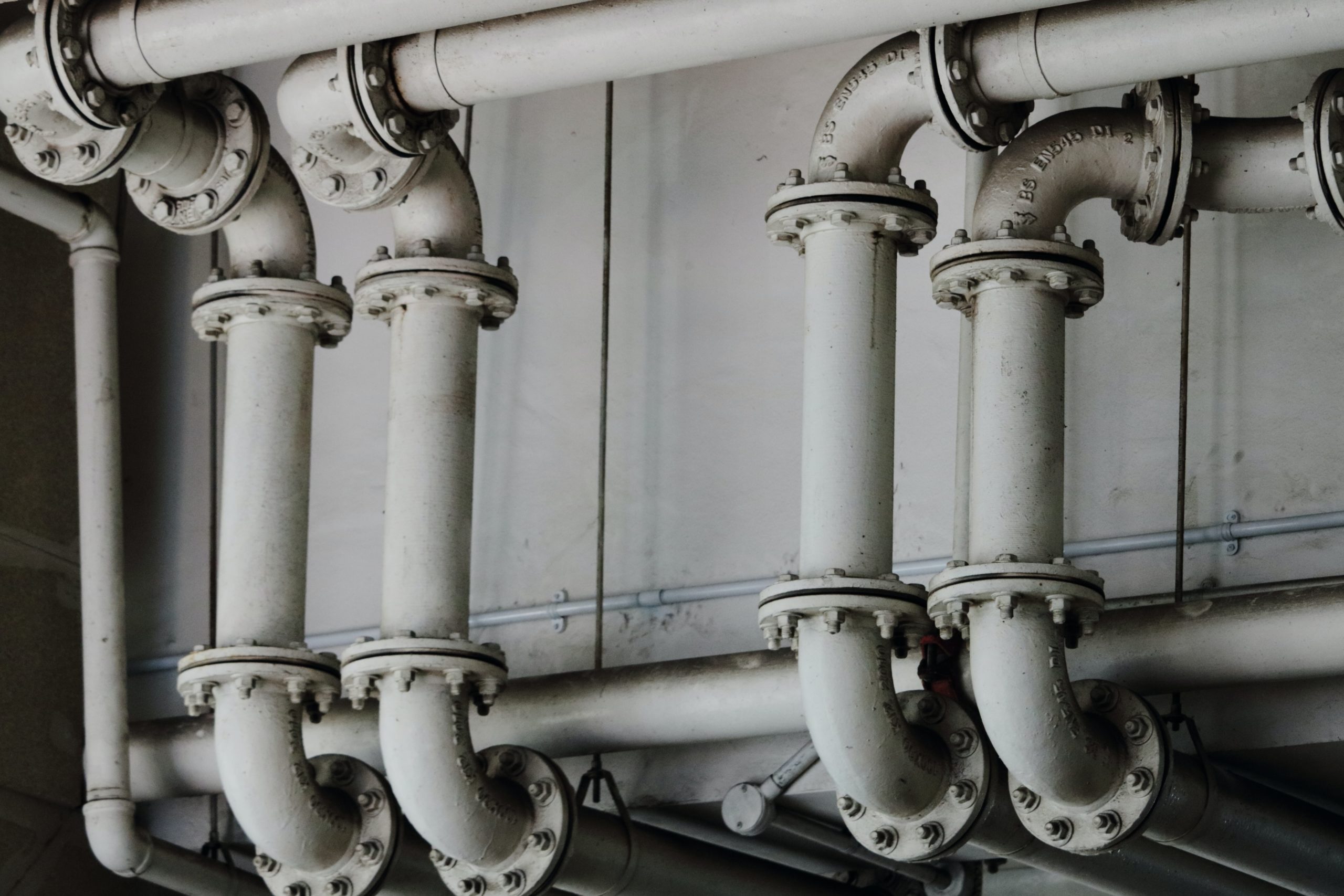The Problem with Plastic – and How it’s Being Solved

According to the UN Environment Programme (UNEP), 300 million tons of plastic are produced every year – equivalent to the weight of the entire human population. The Center for International Environmental Law (CIEL) projects that plastic production will grow 60% by 2030 and triple by 2050. Currently, only 9% of all plastic produced is recycled, 12% is incinerated, and the rest is found in landfills or as uncontained litter, says UNEP. This has an enormously negative effect on the environment and all living things within it.
Recycling as it functions now is a limited solution. Recycled plastics are high cost with low commercial value, making recycling rarely profitable and requiring considerable government subsidies. “Wishful recyclers” often try to recycle non-recyclables, making the system even less cost and resource-efficient. Research from the Ellen MacArthur Foundation suggests that only 2% of plastic is recycled into products with the same function, and less than 8% is “downcycled” to something of lower quality, the remainder is waste.
Incineration is deeply detrimental. According to the UNEP study, incinerating plastics releases toxic gases like dioxins, furans, phthalates, mercury, and polychlorinated biphenyls (BCPs) into the atmosphere, and poses a threat to vegetation, and human and animal health. “Burning of plastic waste increase the risk of heart disease, aggravates respiratory ailments such as asthma and emphysema and cause rashes, nausea or headaches, and damages the nervous system,” says the study. Landfilling has a much lower climate impact than incineration, but the placement of landfills can be associated with similar environmental injustices.
The impacts of plastic pollution
Plastics that escape recycling, incineration and landfilling and make their way into the environment don’t affect the land alone. According to National Geographic, 73% of all beach litter is plastic and the Ellen MacArthur Foundation report also suggests that if plastic pollution continues at its current rate, oceans will contain at least 937 million tons of plastic and just 895 million tons of fish by 2050.
On top of the direct pollution plastics cause, producing one ton of plastic generates up to 2.5 tons of carbon dioxide. Plastic Atlas reports 90% of plastic is produced from feedstock obtained from fossil oil and gas, the extraction, transportation, and production of which is also massively harmful to the environment. The authors of the CIEL report estimate that 12.5 to 13.5 million metric tons of carbon dioxide are emitted per year while extracting and transporting natural gas to create feedstocks for plastics in the United States, with an additional 1.686 billion metric tons of carbon dioxide being released while clearing land for oil and gas transportation.
For every phase of the plastic life cycle, there are ways to reduce emissions and pollution.
- Governments around the world are beginning to ban single-use plastics including plastic bags and cutlery, with some imposing strict fines for their use and improper disposal, reducing demand for such items ().
- Recent analysis by Material Economics projects substitution is another answer, estimating that 25% of plastics in packaging currently could be replaced with renewables “without significant compromise on functionality.”
- The same report suggests using only zero-carbon energy sources such as wind and solar in the manufacturing phase of plastic would decrease overall emissions by 50%.
- The CIEL report state that a strategy including reducing waste, retaining materials by refurbishing or remanufacturing, and recycling would decrease carbon dioxide emissions by 62 million metric tons per year.
Solutions from Startups
Tech startups, too, are tackling the problem of plastics from several angles.
- Greyparrot’s AI-based waste recognition software can monitor, audit and sort waste at scale. The system empowers waste managers to increase recycling rates and enhance product value in pursuit of a circular economy.
- Oceanworks is a platform aiming to create a global marketplace for sustainable materials by recirculating them in the supply chain for a variety of clients, thereby reducing demand for virgin plastic.
- ByFusion converts plastic waste material into cost-effective, construction-grade building blocks that produce 41% fewer greenhouse gas emissions than conventional concrete building blocks.
- Circulor is a climate tech startup working to bring transparency to materials supply chains. Their SaaS digital platform tracks raw material composition changes to monitor emissions and make the circular economy safer, greener, and more productive.
What you can do
Looking for more ways to make your operations sustainable? Here are some steps you can take away from plastic:
- Provide filtered tap water and reusable glasses rather than disposable plastic cups, reusable water bottles instead of plastic ones, and eliminate single-use straws except on request (straws are an important tool for some disabled people, so have a non-plastic straw available)
- Collaborate with suppliers to reduce plastic in their packaging; for example, use printer cartridges from companies that offer a refill and replace program
- Source biodegradable surface wipes instead of those made from synthetic materials and plastics and use cleaning sprays that have refillable containers
- Fit your breakroom with a traditional coffeemaker instead of one that utilizes plastic-heavy pods
- Have recycling bins throughout the office that are separated and clearly labeled with up-to-date information on what is recyclable in your community
ARTÉMIA has been committed to sustainability and what are now called “green” solutions since 2005, long before such terms were commonplace. We are not only dedicated to implementing such practices for ourselves, but to sharing such information with our partners and clients.
Are you a business looking to increase your own commitment to environmentally sound principles or are you developing tech-based solutions to environmental issues and in search of a team to help bring your project to market? Let’s talk! Please give us a call at (415) 351-2227 or email service@artemia.com.
You can get the latest blogs, communications tips and other news straight in your inbox. Please fill out the form below to subscribe to our newsletter.
see more...

The Importance of Corporate...
This article is the first in a series on incorporating water efficiency polici...
LEARN MORE
How to Establish a Corporat...
This article is the second in a series on incorporating water efficiency polic...
LEARN MORE
Updating Facilities with Wa...
This article is the third in a series on incorporating water efficiency polici...
LEARN MOREBLOG CATEGORIES
SUBSCRIBE
FOR LATEST UPDATES
Sign up for our monthly newsletter with our latest offers,hot blogs and much more !


JOIN US
FOR CALL
Lets chat via skype to discuss your questions concerns, and project needs

